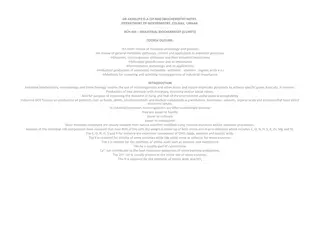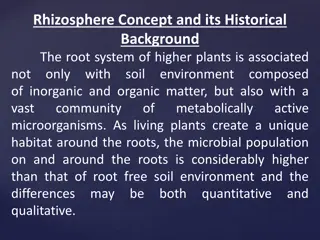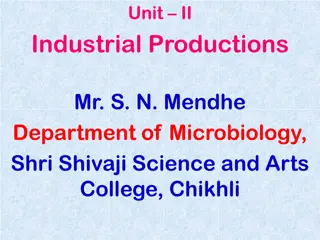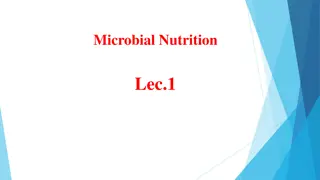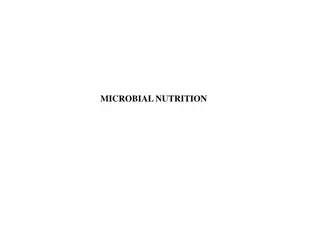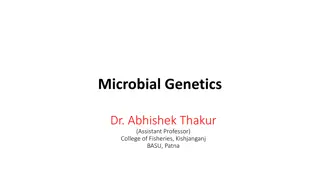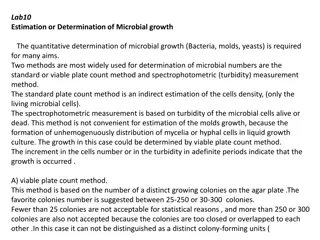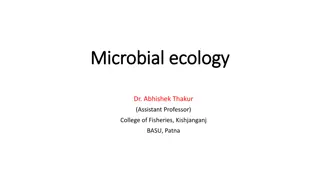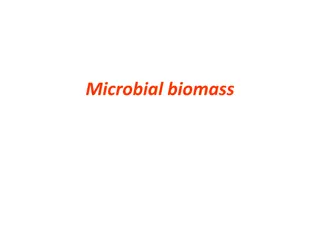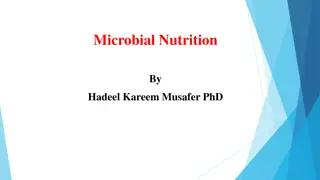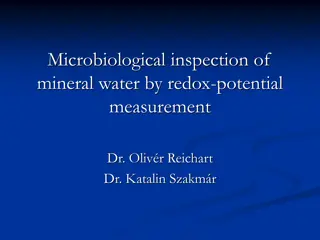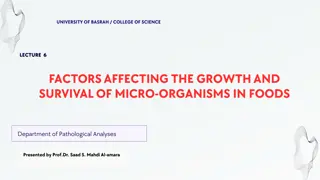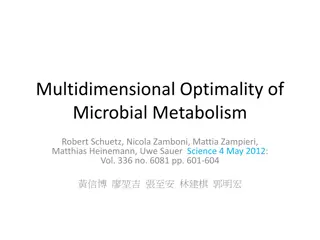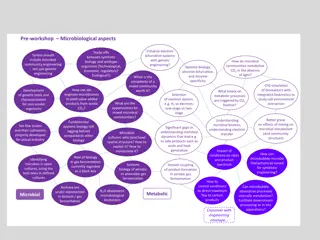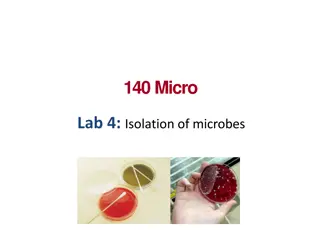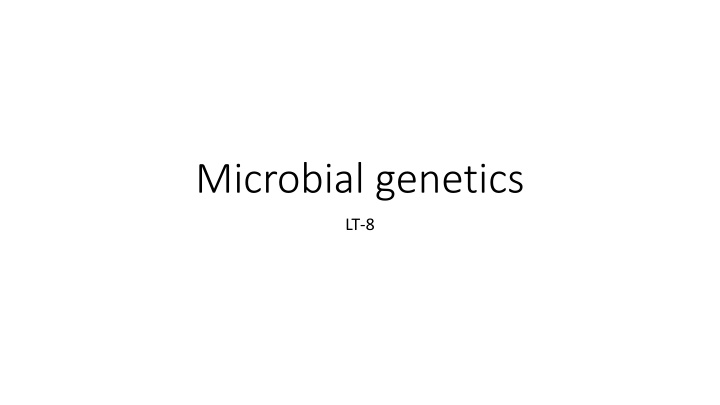
Exploring Bacterial Conjugation and Microbial Genetics LT-8
Dive into the fascinating world of microbial genetics and bacterial conjugation with topics such as bacterial conjugation, replicon fusion, Hfr transfer, and interrupted mating. Explore the mechanisms of integration of F, homologous recombination, and more in this informative content.
Download Presentation

Please find below an Image/Link to download the presentation.
The content on the website is provided AS IS for your information and personal use only. It may not be sold, licensed, or shared on other websites without obtaining consent from the author. If you encounter any issues during the download, it is possible that the publisher has removed the file from their server.
You are allowed to download the files provided on this website for personal or commercial use, subject to the condition that they are used lawfully. All files are the property of their respective owners.
The content on the website is provided AS IS for your information and personal use only. It may not be sold, licensed, or shared on other websites without obtaining consent from the author.
E N D
Presentation Transcript
Microbial genetics LT-8
Bacterial Conjugation INSERTION OF F INTO THE E. c Homologous recombination. If the recombinational event is physically reciprocal, homologous recombination between two identical IS elements, one in the chromosome and one in F, would yield flanking IS elements. Homologous recombination requires either the bacterial Rec system (described later) or a transposon gene product 2. Replicon fusion. An Hfr cell could arise by formation of a cointegrate mediated by an IS element in F, resulting in the duplication of a target sequence in the chromosome coli CHROMOSOME
Integration of F by a reciprocal exchange between an IS element in F and a homologous sequence in the bacterial chromosome


